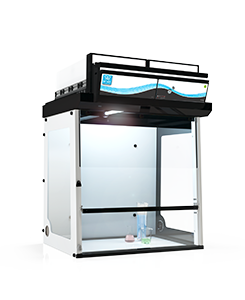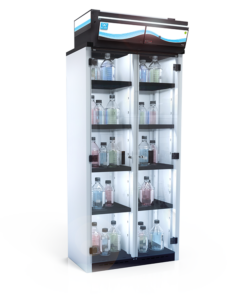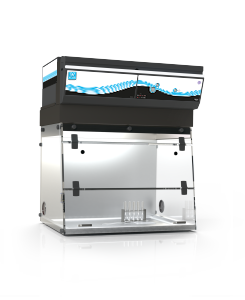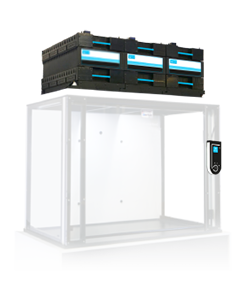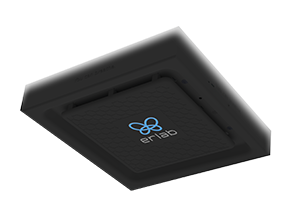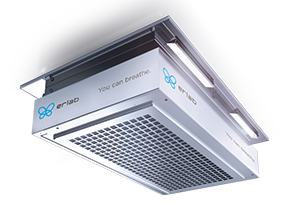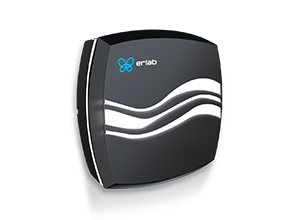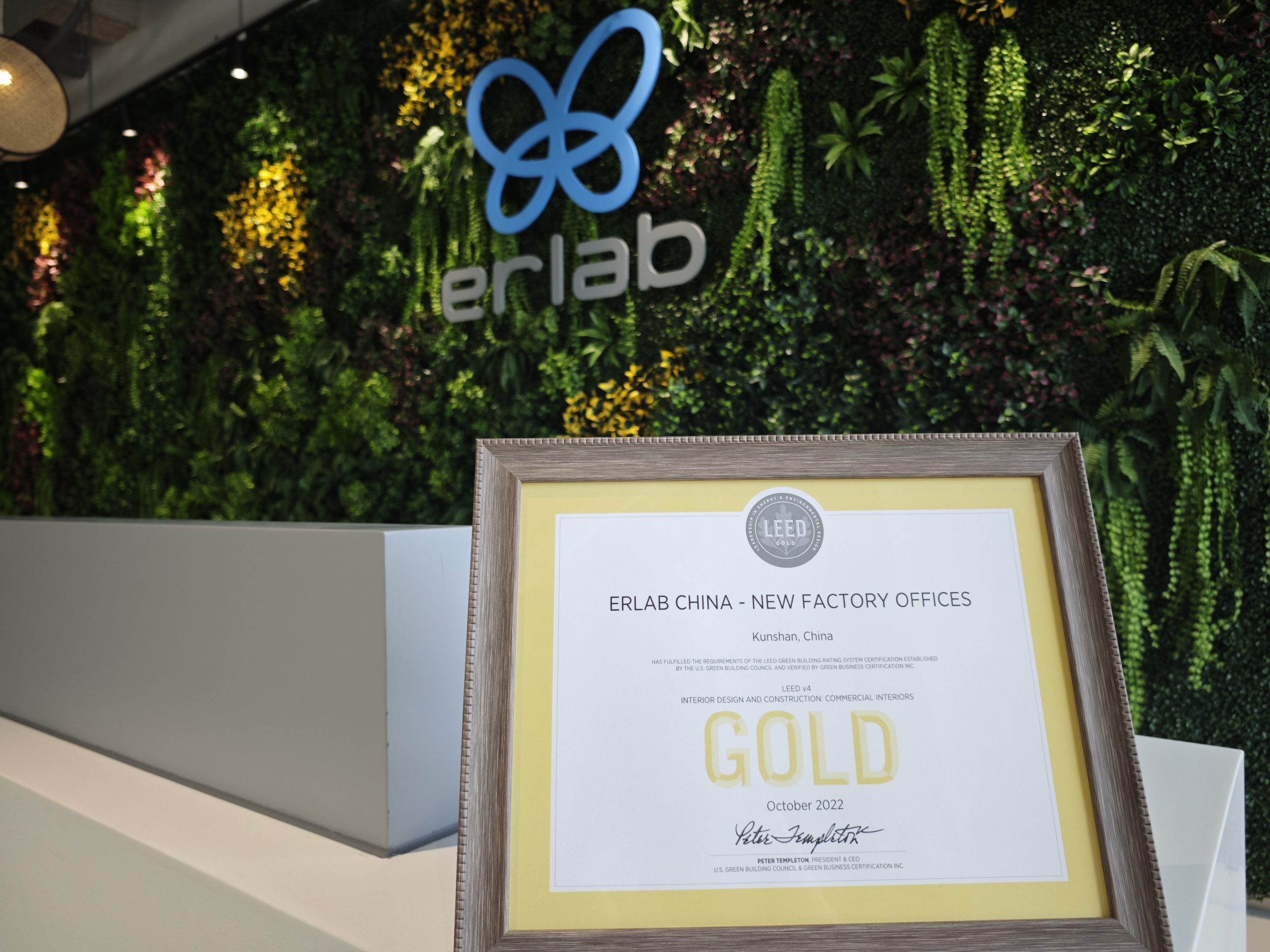A. Understanding LEED Certification
LEED (Leadership in Energy and Environmental Design) is a globally recognized green building program developed by the U.S. Green Building Council (USGBC) in 1993. It offers a framework for environmentally responsible building design and operation.
Key Benefits of LEED Certification:
- Environmental Impact: LEED buildings significantly reduce energy and water usage, lowering greenhouse gas emissions.
- Economic Advantage: Despite higher initial costs, LEED buildings often have reduced operating costs and higher property values.
- Health and Well-being: LEED focuses on indoor air quality and occupant comfort through better ventilation and natural lighting.
- Marketability: LEED certification attracts eco-conscious tenants and buyers.
Certification Process:
Projects earn points in categories like Sustainable Sites, Water usage efficiency, Energy consumption, Materials and Resources, and Indoor Environmental Quality. Different certification levels—Certified, Silver, Gold, or Platinum—are awarded based on total points.
B. Enhancing LEED Certification with Erlab’s Ductless Fume Hoods
Erlab’s ductless fume hoods are effective in laboratories and industrial settings, supporting sustainability and LEED certification.
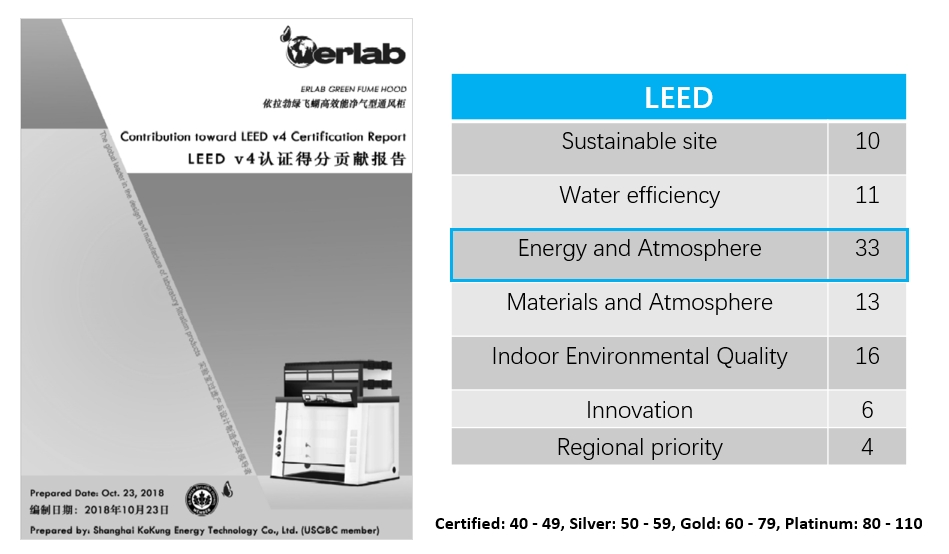
What is an Erlab Ductless Fume Hood?
Erlab fume hoods filter hazardous fumes internally with carbon filters instead of exhausting them outside, reducing energy consumption, installation complexity and environmental pollution, while providing high level of safety for users.
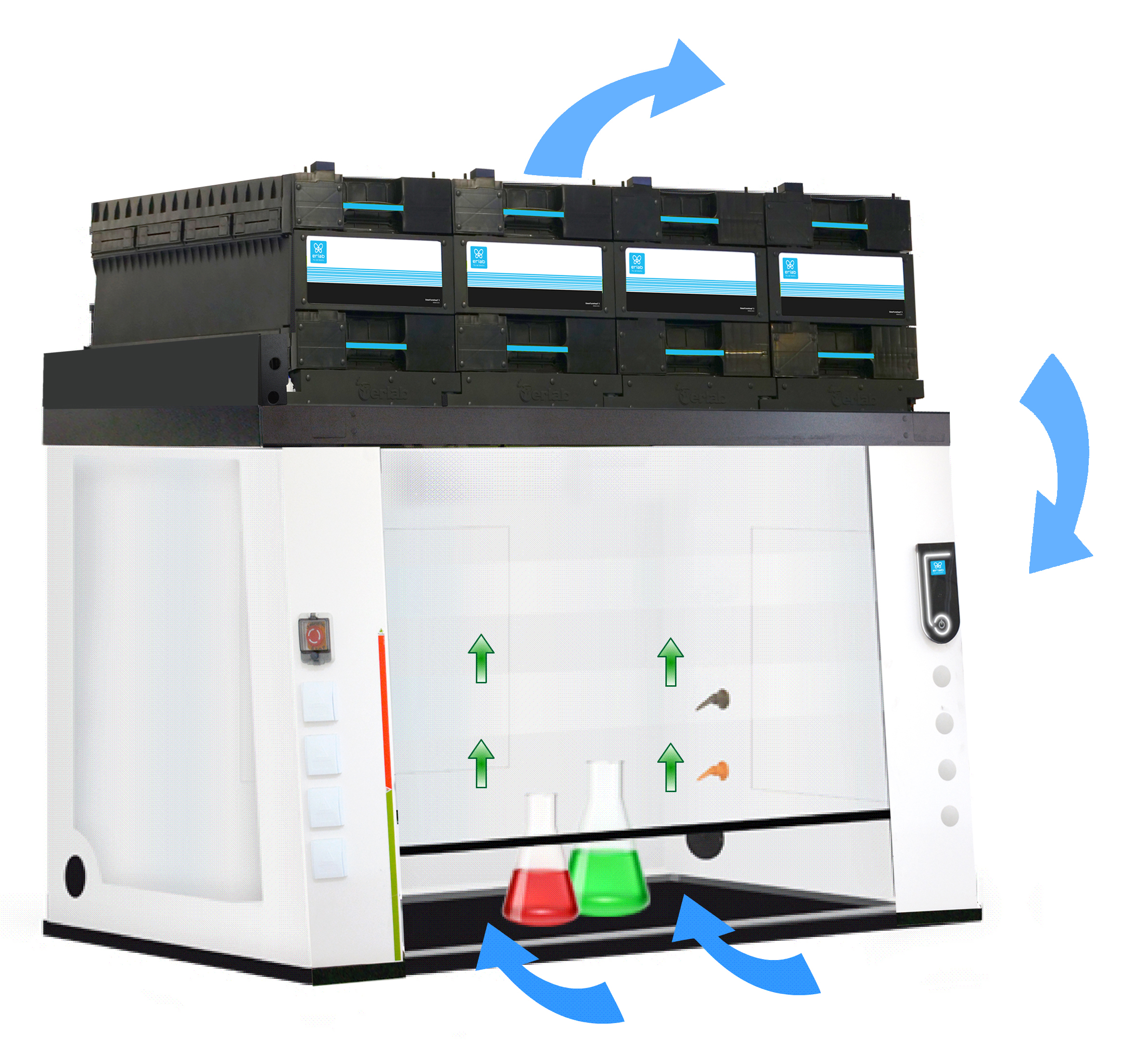
Benefits of Erlab’s ductless fume hood for LEED Certification:
- Energy Efficiency: They consume less energy by recirculating air, contributing points in the Energy and Atmosphere category.
- Reduced Environmental Impact: Minimal ductwork lowers the carbon footprint, aiding points in Sustainable Sites.
- Improved Indoor Air Quality: By filtering harmful contaminants, they align with the Indoor Environmental Quality category.
- Space Efficiency: Ductless designs optimize lab layouts and reduce resource use, benefiting Materials and Resources.
- Regulatory Compliance: They help meet safety regulations while adhering to green building standards.
Conclusion
Incorporating Erlab’s ductless fume hoods enhances safety and operational efficiency while supporting LEED certification. Their contributions to energy efficiency, reduced environmental impact, and improved air quality align perfectly with sustainable building practices.


